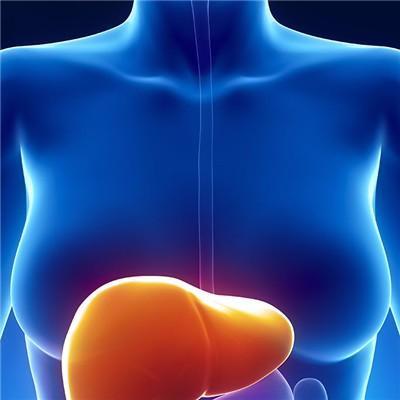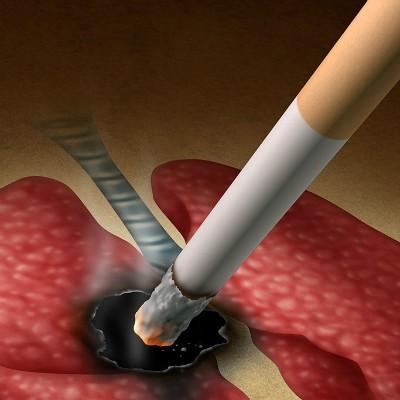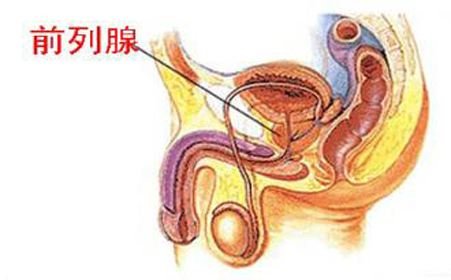How is infantile synovitis diagnosed
summary
Some time ago, the child at home was shouting that his feet were very painful. He thought it was just a child who fell down because he loved playing. If there was no big problem, he took some wine and wiped it. However, it hasn't improved for several days. The doctor said it was because of synovitis. Now I'll introduce how to diagnose children's synovitis.
How is infantile synovitis diagnosed
First: synovitis is mainly due to knee sprain and a variety of intra-articular injuries, resulting in a group of syndromes. After the diagnosis of synovitis, timely, regular and effective treatment is very important. In the early stage of synovitis, it is mainly in the acute stage. Using traditional Chinese medicine methods, such as massage, acupuncture, massage and so on, can achieve satisfactory curative effect, and can also cooperate with external application of Tongmo Xiaotong ointment.

Second: most children with synovitis have a sudden onset, about half of them have a history of upper respiratory tract infection, otitis media and other infections before onset, and a few have a history of trauma. The chief complaint was pain in the hip, thigh or knee, refusal to bear weight or painful claudication. The only symptoms of young infants were irritability and crying at night, and crying was more obvious when the affected limbs were moving. The examination showed that the movement of the hip joint was limited in varying degrees, especially the internal rotation and abduction movements were significantly limited, there was mild tenderness in front of the joint (at the middle of the groin), the pelvis tilted to the affected side, and the affected limb had false growth.

Third: simple synovitis, has not caused bone parenchymal lesions, but if the treatment is not timely, the injured bone may occur ischemic osteonecrosis. Therefore, children with hip synovitis should be bedridden, free of weight-bearing and topical anti-inflammatory drugs until the pain of hip joint disappears and the range of motion returns to normal. It is best to rest for a period of time (7-10 days) after the symptoms disappear, and have a re examination 2 months and 6 months after the onset.

matters needing attention
Don't think that synovitis is a rare disease. In fact, there are many reasons in daily life that can lead to the occurrence of this disease. Even a small cold is possible. Therefore, parents must pay more attention to the situation of their children.














